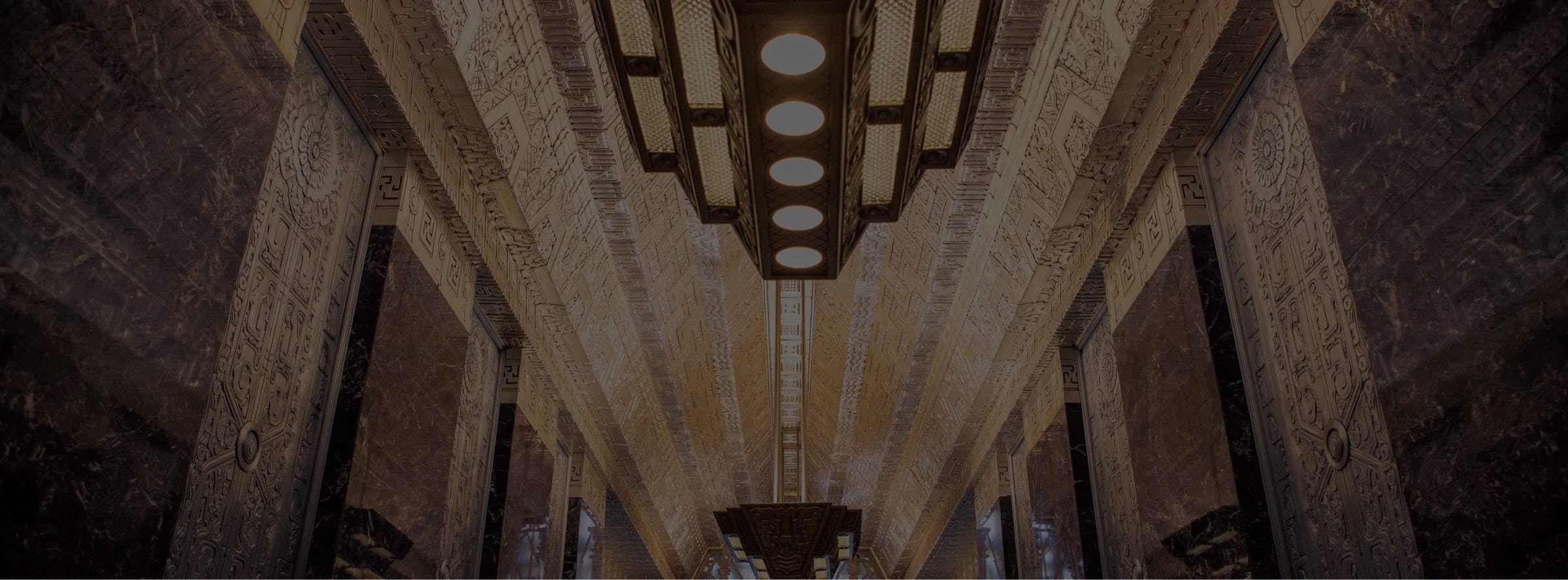Choosing the Right Cosmetic Dentist
When it comes to enhancing your smile, picking the right cosmetic dentist is a decision that can make a dramatic difference in quality. Cosmetic dentistry encompasses a wide range of procedures, from simple teeth whitening to more complex treatments like full-mouth rehabilitation...
View More

